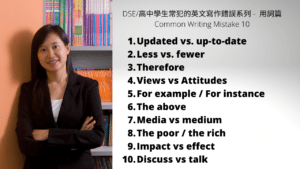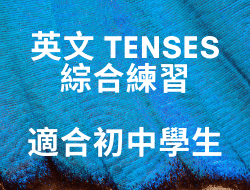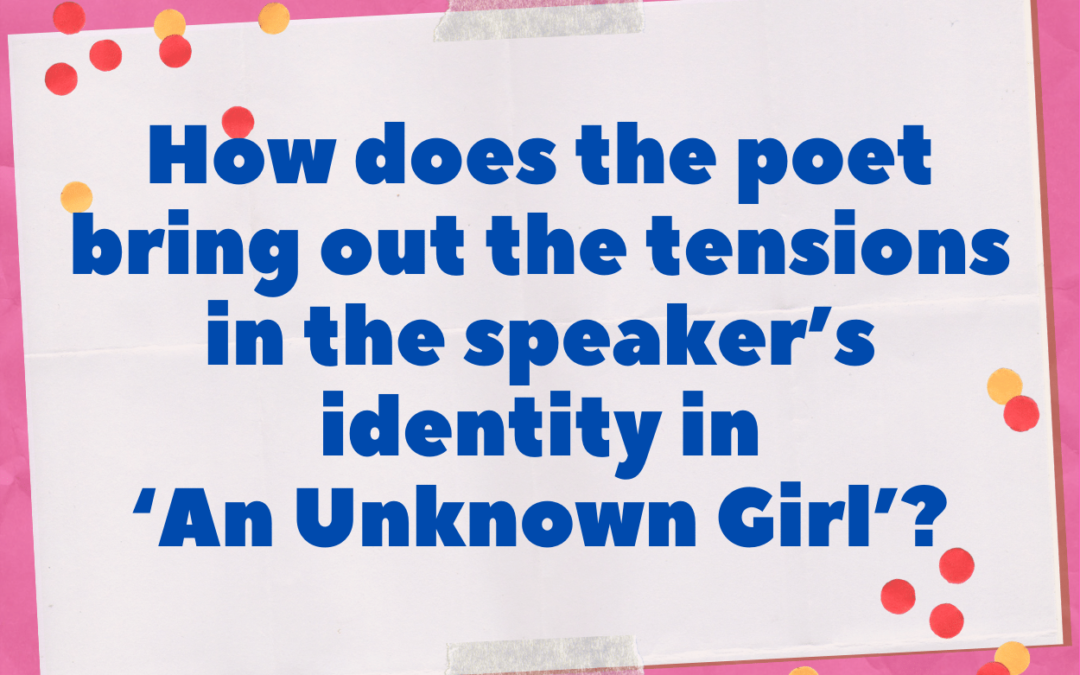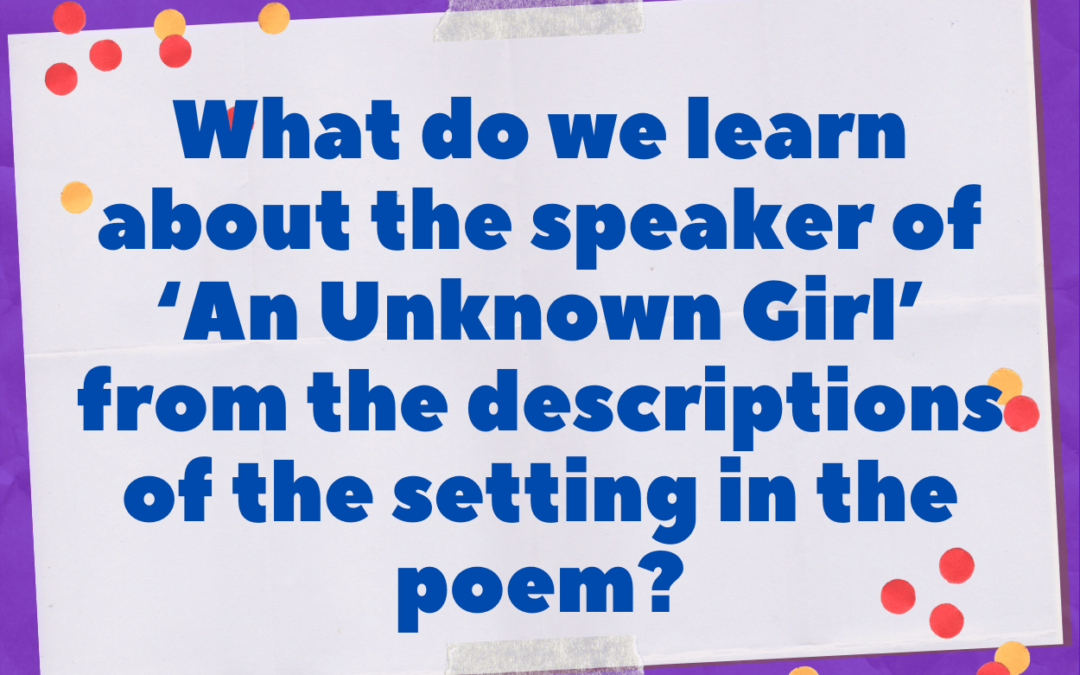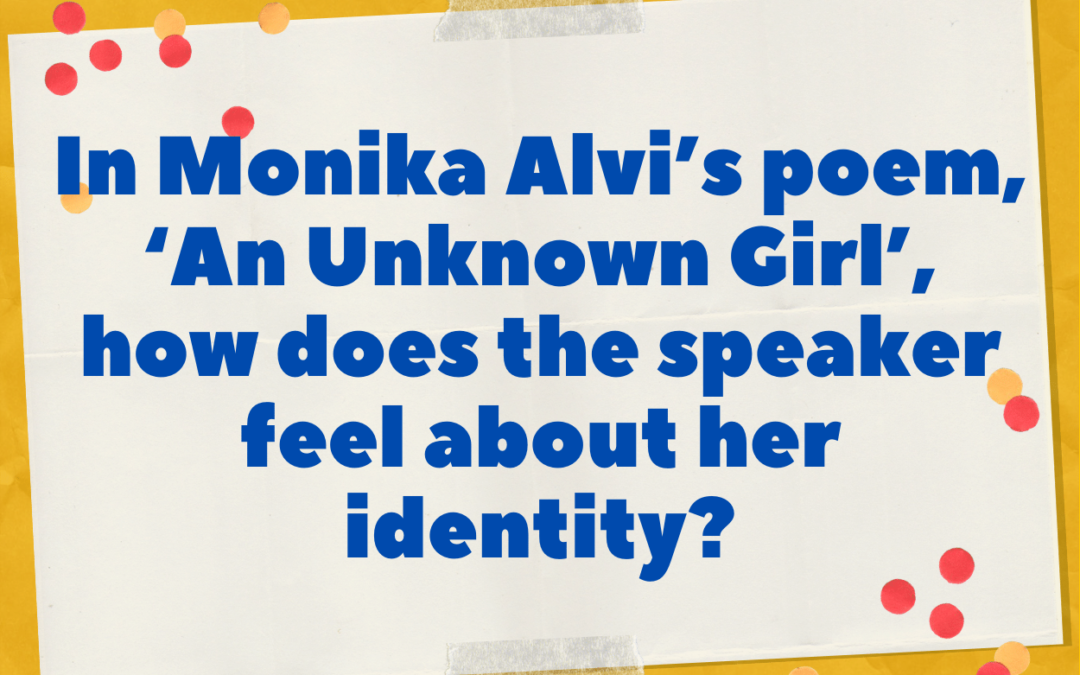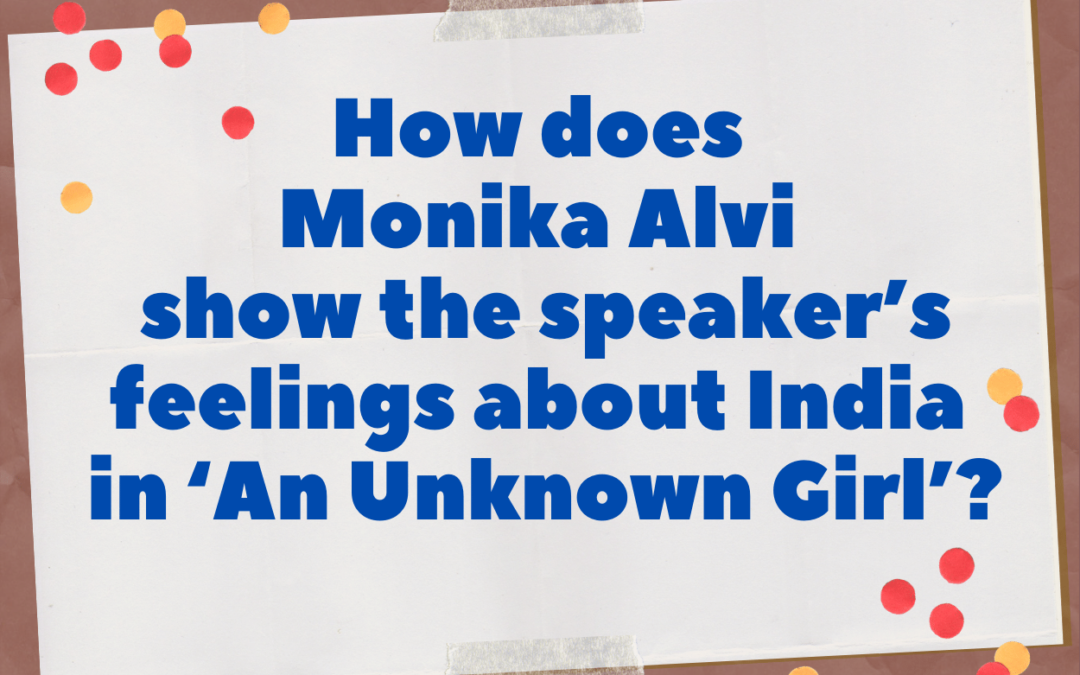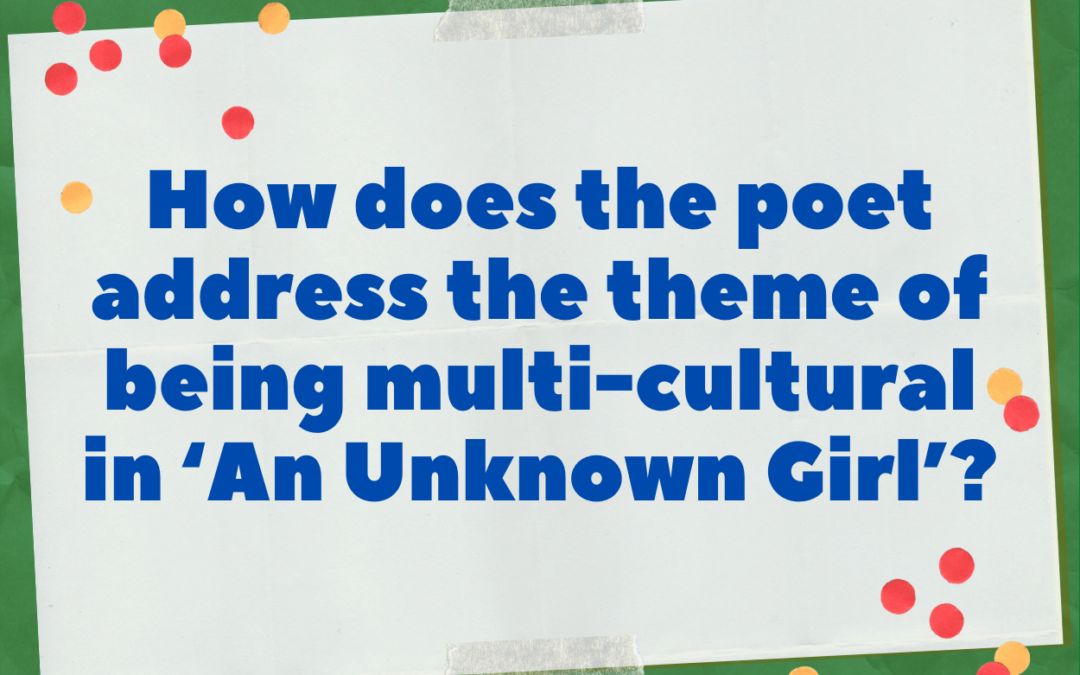
IGCSE Set 1 An Unknown Girl by Moniza Alvi Model Essays Question 5
Edexcel English IGCSE: An Unknown Girl by Moniza Alvi
Q5. How does the poet address the theme of being multi-cultural in ‘An Unknown Girl’?
Consider these points in your answer:
- the setting of the poem;
- the speaker’s thoughts and feelings;
- the writer’s use of words, phrases and techniques.
You should refer closely to the text to support your answer. You may use brief quotations.
Edexcel English IGCSE Model Essay by an Expert
The theme of multi-culturalism is expressed through the setting of the poem – a bazaar in India which has Western influences – and through the identity of the speaker, who both celebrates and struggles with her Indian and Western cultures.
The setting of the poem is a combination of Western and Indian influences, which show a physical side to multi-culturalism. The bazaar is “studded with neon”, showing the Western influence of cheap, garish signage on the traditional Indian setting. Although these signs contribute to the positive description of the colours that “float like balloons”, there is a degree of violence implied by the verb “studded”. This creates the impression that the relationship between the two cultures might be slightly troubled. Similarly, the Western-style dummies “tilt and stare”, adding a sinister element to the shop-fronts. Thus the setting reflects the slightly troubled multi-cultural identity of the speaker.
The speaker experiences both positive and negative elements to her multi-cultural identity. She clearly has a positive experience of India. She feels an affinity with the hennaing girl, which is expressed through the descriptions of their tender physical contact (lines 7-10). The banners in the bazaar “canopy” her; this word has connotations of safety, showing how comfortable she is in this Indian setting. Furthermore, the henna tattoo, which symbolises her Indian heritage, is discussed with tenderness and fondness: “soft as a snail trail”. The tenderness of this simile is enhanced by the sibilance and assonance; the speaker’s Indian culture is depicted as fragile and beautiful. Through these positive descriptions, the speaker celebrates multi-culturalism.
On the other hand, there are tensions involved in having a multi-cultural identity. For example, the fragility of the speaker’s Indian identity means that there is anxiety in her need to hold onto it. She is “clinging” to the henna tattoo (and therefore to her Indian culture): a strong verb that implies desperation and fear of loss. The transience of the henna is poignantly symbolic, as it represents the fading of her closeness to Indian culture once she leaves the country. Line 44 is one of only two lines in the poem with no enjambment, emphasising the finality of the henna’s impermanence. The final image of the poem is of the speaker “with [her] hands outstretched”, reaching out like a child, showing how much she will miss India. Thus whilst experiencing and enjoying India is a positive thing, there are negative elements to having such a split, multi-cultural identity.
To conclude, multi-culturalism is shown to be an enhancing experience, both for the setting and for the speaker’s identity. However, there are also difficulties in having one’s identity split between two cultures, largely because the closeness that one feels to one’s culture can be delicate and transient.
